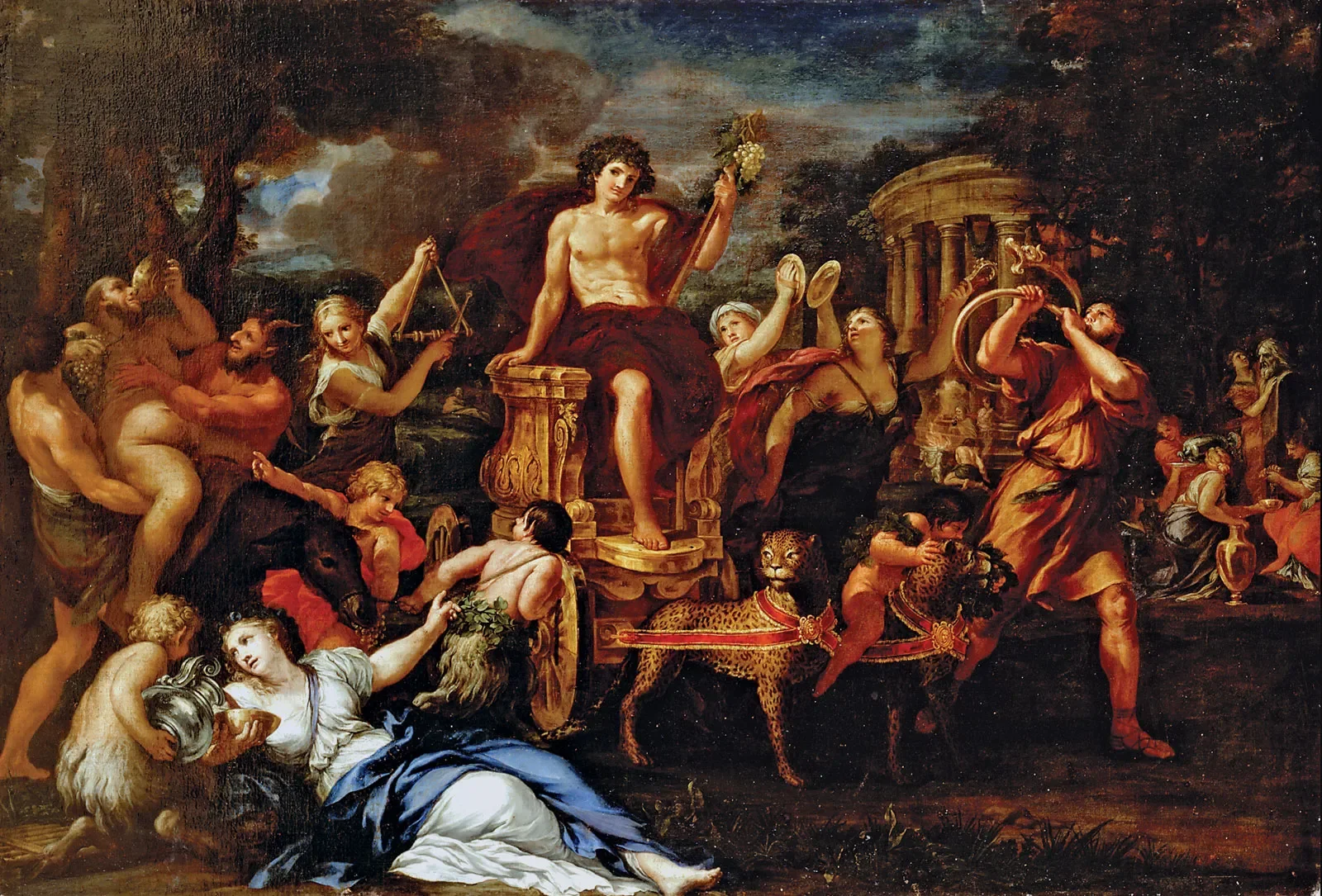Persepolis, the ceremonial capital of the Achaemenid Empire, remains one of the most breathtaking archaeological sites of the ancient world. Built by Darius I in the late 6th century BCE and expanded by his successors, Persepolis stood as a symbol of Persian grandeur, showcasing remarkable art and architecture that reflected the empire’s power and cultural diversity.
Discovery and Significance
Although Persepolis was largely forgotten after its destruction by Alexander the Great in 330 BCE, its ruins were rediscovered in the 17th century by European travelers. Modern excavations, beginning in the 1930s, have unveiled its significance as a political, religious, and administrative center. The city’s palaces, reliefs, and inscriptions provide invaluable insights into the Achaemenid Empire’s organization and ideology.
Art and Architecture
Persepolis is renowned for its monumental staircases, grand halls, and intricate bas-reliefs. The Apadana, the grand audience hall of Darius I, featured towering columns and elaborate carvings depicting delegations from across the empire bringing tributes to the Persian king. The Gate of All Nations, another iconic structure, symbolized the empire’s vast and diverse nature, welcoming envoys from subject territories. Persian artisans, alongside craftsmen from conquered regions, blended styles from Mesopotamia, Egypt, and Greece, creating a unique architectural legacy.
Role in the Achaemenid Empire
As the heart of the Achaemenid Empire, Persepolis functioned as a hub for administration and ceremonial events. The city hosted the annual Nowruz festival, during which representatives from various regions paid homage to the king. Persepolis also housed the empire’s treasury, underscoring its economic and political significance.
Conclusion
The ruins of Persepolis continue to captivate historians and archaeologists, offering a glimpse into the sophistication and artistry of the Achaemenid civilization. Despite its destruction, the city remains a testament to the ingenuity and grandeur of ancient Persia, preserving its legacy as one of history’s greatest empires.







